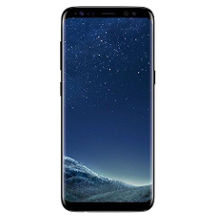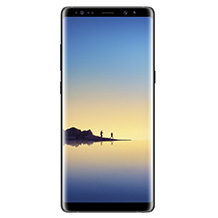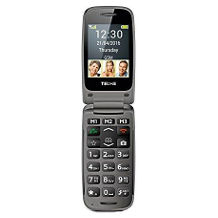Huawei phone purchasing advice: how to choose the right product
- What You Need to Know
- The sales figures of Huawei smartphones have overtaken those of iPhones for the first time in 2019 – securing the Chinese group second place behind Samsung.
- Huawei offers various smartphone models for a wide range of different user types; from entry-level models to high-end devices.
- Current Huawei smartphones convince with excellent image quality and strong battery performance.
- Huawei makes a promise for the future to its customers, which should eliminate uncertainties due to the ban on the use of Google Mobile Services.
- Amateur photographers get their money’s worth with the integrated camera, which was developed in cooperation with Leica.
Huawei smartphones are on the rise
Anyone looking for a new smartphone today is spoilt for choice – especially if no clear preferences for manufacturers or operating systems narrow down the choices on offer. In addition to Samsung and Apple, Huawei has also taken the lead among mobile phone manufacturers in recent years. According to the online electronics magazine futurezone, the Chinese group has already overtaken Apple (third place) in 2019 with 238.5 million smartphones sold and sells the second most devices.
Samsung remains the absolute market leader with 45 per cent – but Huawei is on its way to becoming a serious competitor for the favour of Android users. Like Samsung, Huawei uses Google’s Android operating system, which dominates the mobile operating system market with a share of 72.92 per cent in 2020, according to Statista. The Chinese company was founded in 1987 in Shenzhen as a provider of telephone systems and now employs more than 196,000 people and is active in 170 countries.
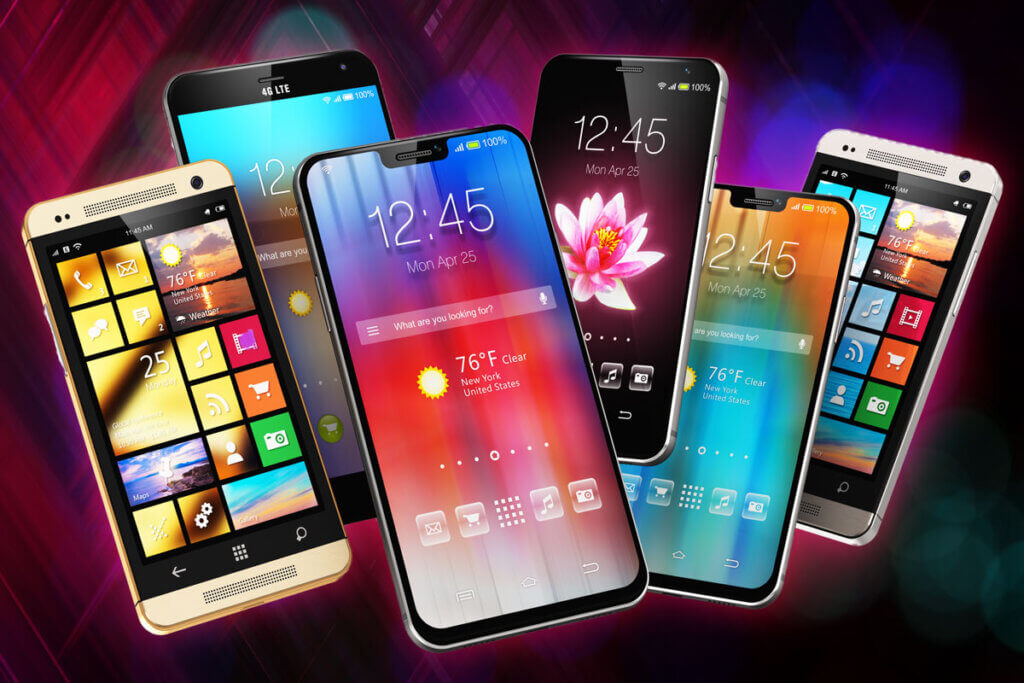
Huawei’s success in the smartphone market is not only due to the comparatively low price of its devices. The cheapest devices are already available for less than 200 euros – Apple cannot keep up with its predominantly very high-priced iPhones. However, Huawei not only covers the low-budget segment, but also offers competitive phones with convincing advantages for all price classes. The Chinese manufacturer’s models attract attention especially in terms of design, high-quality materials and camera. Because many of the necessary components, such as the built-in chips, are manufactured in-house, Huawei can offer its devices at a competitive price. The built-in cameras are developed in cooperation with the German company Leica and convince with intuitive technology that makes even amateur photographers happy.
Pay attention to memory
If you frequently use the camera and want to take a lot of photos with your smartphone, make sure you have a sufficiently large memory – 64 gigabytes should be the minimum. The memory of Huawei models can even be expanded if necessary.
Which Huawei models are available?
Huawei currently offers seven different series, each of which is designed to meet the needs of different customer groups in terms of design, size and features. The Y series is primarily aimed at newcomers who want to buy a low-cost model. The P series, on the other hand, addresses high-end users who are willing to pay more for premium equipment, a high-end camera and a fast processor. In addition, the P-Lite series and the P-Smart series are offered, which are more in the mid-range. If the P series is too small for you, the three Mate series offer beautifully designed phablets with a range of features from basic functions (Lite) to high-end (Pro). The latest Mate model, the Mate Xs, even offers a foldable display that allows the device to be used both as a smartphone and as a tablet – but consumers have to dig deep into their pockets for this and pay around 2,000 euros. Here again at a glance:
| Series | Features | User group |
|---|---|---|
| P | High-end premium smartphone | Suitable for consumers who are looking for a mobile phone with top features and are happy to pay more for it. |
| P Lite | Mid-range smartphone | For users who are a little more price-sensitive but still don’t want to compromise on all features and especially not on design. |
| P Smart | Mid-range smartphone | A good choice for users who prefer a 2:1 display and want to go for a more up-to-date model than the P Lite. |
| Mate | High-end phablet | For consumers who are looking for high-end features similar to those of the P series, but prefer larger dimensions. |
| Mate Lite | Mid-range phablet | For those who want a larger model but don’t need the full features, the Mate Lite will do the trick. |
| Mate Pro | High-end phablet | Ideal for users looking for the best features in a phablet design. |
| Y | Entry-level smartphone | For consumers who only need the basic functions of a smartphone and want to spend correspondingly little on it. |
What are the differences between the Huawei smartphone model series?
With its Y-series, Huawei offers smartphones for beginners who are looking for a device that is state-of-the-art in terms of technology and design, but costs little and only has the necessary basic functions. With the Y series, they get a large display, plenty of storage space and good battery and camera performance. The P and Mate series, on the other hand, have advanced technologies such as an integrated camera system from Leica or the latest processor technology for maximum efficiency. With the currently installed chips, the devices are not only 5G-capable, but also guarantee the best performance even in demanding applications. The display also has some special features; the sides are rounded and games and videos are displayed at 90 frames per second, so that sequences run particularly smoothly. The built-in sensors are also innovative: In addition to face recognition and fingerprint scanning, current devices even recognise gestures.
Voice assistant on Huawei models
Huawei’s smartphones also have a voice assistant similar to Apple’s Siri or Microsoft’s Cortana. Huawei’s AI is called Celia and assists with calls, calendar entries and messages and even recognises objects around the user. This means that information about these objects or even translations or calorie information of food can be conveniently retrieved.
Pay attention to the following criteria
A new smartphone is usually a long-term investment that needs to be carefully considered. When making a decision, therefore, more aspects than just the manufacturer’s brand should be taken into account – the favoured operating system plays just as much a role as aspects of a technical nature, such as the material, the workmanship or the stability of the devices.
Battery
Huawei smartphones generally have a long battery life: The Huawei P30, for example, has a battery with 4,000 milliampere hours (mAh) and lasts all day, even with intensive use. This makes the devices particularly suitable for users who are on the move a lot and who do not always have the opportunity to charge the device in between.
Most models can be charged using the micro-USB or USB-C cable supplied. Some of the modern, higher-priced models also support inductive charging without a cable. Like the majority of modern mobile phones, most Huawei models have a built-in battery. If the battery power decreases, it can no longer be easily replaced. In addition, when it is replaced by a specialist, there is often a risk of damage, for example to the display, for which users are often liable themselves.
Camera
The integrated camera system of the P series was developed in cooperation with the German camera and binocular company Leica and offers four lenses in the latest models of the P40 series – and thus one more than in the P30 series. The main camera has 50 megapixels (MP), guaranteeing top-class image quality. Two cameras are standard and minimum: the main camera on the back usually has a higher number of megapixels and takes better pictures than the front camera, also called the selfie camera, which is located on the front. Wide-angle lenses are also part of the repertoire of some of the Chinese manufacturer’s models. Triple cameras are also not uncommon at Huawei.
Processor
With the HiSilicon Kirin processor series, Huawei relies on its own CPUs and thus sets itself apart from other competitors, some of which buy in the CPUs. They therefore represent strong competition to Qualcomm’s Snapdragon processors and to the CPUs that Apple produces for its iPhones.
Working memory
The amount of RAM, often expressed as gigabytes (GB), determines how much performance you get, i.e. how many applications you can have open and use on the device at the same time. Nowadays, it should already be four gigabytes. In good mid-range models, the manufacturer relies on six gigabytes of RAM to avoid jerks and waiting times even with complex apps and games. The flagship Huawei P 40 even works with a performance of eight gigabytes of RAM.
Hybrid slot
Hybrid slots give smartphone users a variety of options. On the one hand, the additional card slot can be used for a microSD card to expand the storage capacities. On the other hand, it is also possible to use the card slot for a second SIM card. This allows users to use the same mobile phone for both private and business purposes, for example. In this way, it is also possible to use two different tariffs and thus benefit from the respective advantages, for example, in terms of cheap telephony or the cheaper data tariff. Using a second SIM card also makes a lot of sense when travelling abroad.
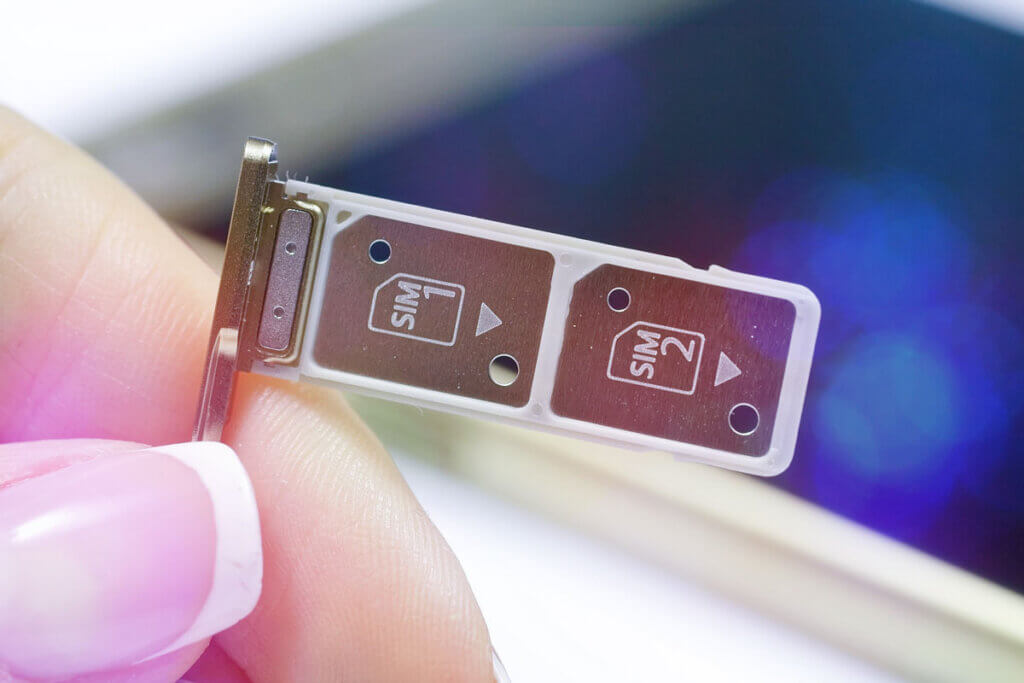
Memory size
The purchase price of different smartphone models depends to a large extent on the memory size. Users who take a lot of photos or want to download music to the device should therefore invest a little more and buy a smartphone with at least 64 gigabytes. If the devices have a card slot, the storage capacity can also be expanded later by means of a microSD card.
eSIM as an alternative to the card slot
Some dual-SIM phones do not have an additional slot at all, but allow registration in the mobile phone network via a code sent by the network operator. This eliminates the need to insert a SIM card when using the phone for the first time or when changing network operators.
Voice quality
If you make a lot of phone calls, you need a smartphone that has good sound quality when you are on the phone and also when you are talking hands-free. One indication of good voice quality is VoLTE support. VoLTE means “Voice over LTE”, i.e. the possibility of making phone calls via the LTE/4G mobile network. In addition to better voice quality, VoLTE also promises faster call set-up.
Location
Location is also an important topic for smartphones – not only map services rely on it to identify the user’s current location. Many other applications also rely on location services, for example to enable personalised offers. In addition to the well-known global GPS standard, there are a number of other location services that are available in many Huawei models, such as the ESA’s Galileo location service or Glonass, a location service funded by the Russian Ministry of Defence. Beidou is a Chinese positioning service that has been under development since the 1990s, initially only regionally in China – the second generation of the service, also called Compass, is to be available worldwide with 35 satellites.
Display
Current Huawei models have a curved display, which is appropriately rounded over the sides and can perform a refresh rate of up to 90 hertz, which puts the Huawei smartphones far ahead in comparison. An integrated cooling system conducts the heat from the high-performance display. P-series devices have conventional smartphone-sized displays, while the Mate series have phablet-sized screens.
At least as important as the size of the display, however, is its resolution. The resolution indicates how many pixels there are on a given surface, i.e. how high the pixel density is. Basically, the more pixels, the sharper the image, because the individual pixels can no longer be perceived by the human eye. The resolution is often also given in ppi (points per inch). However, the resolution also has a major influence on the price of the devices. So if high picture quality is important to you, you have to reckon with having to dig a little deeper into your pocket.
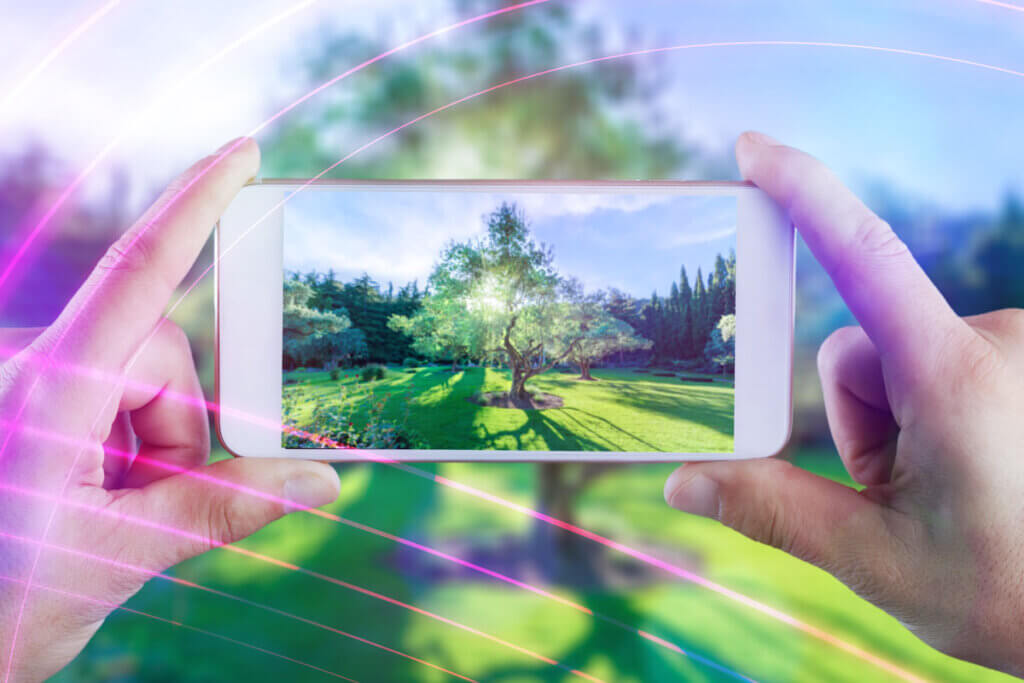
The type of display also has an influence on the picture quality, which is particularly noticeable when viewing photos and videos and when playing games. The most commonly used technologies in smartphones are LCD (liquid crystal display), TFT (thin film transistor) and OLED (organic light emitting diode). LC and TFT displays are passive, which means that a backlight is required in each case for the display on the screen. OLED displays, on the other hand, are active; with this screen technology, the pixels themselves produce the necessary light. Differences are noticeable, for example, in the contrast values. Because the individual pixels of OLED displays are switched on and off, a lower black level is possible than with screen technologies that use a backlight and always have a little light shining through.
| Model | Screen size | Resolution | Type |
|---|---|---|---|
| Huawei P30 | 6.1 inch | 2,340 x 1,080 pixels (422 ppi) | OLED |
| Huawei P30 Pro | 6.47 inch | 2,340 x 1,080 pixels (398 ppi) | OLED |
| Huawei P40 | 6.1 inch | 2,340 x 1,080 pixels (422 ppi) | OLED |
| Huawei P40 Pro | 6.58 inch | 2,640 x 1,200 pixels (440 ppi) | OLED |
| Huawei Mate20 | 6.53 inch | 2,240 x 1,080 pixels (380 ppi) | LCD |
| Huawei Mate 20 | 6.39 inch | 2,244 x 1,080 pixels (380 ppi) | LCD |
| Huawei Mate20 X | 7.2 inch | 2,244 x 1,080 pixels (345 ppi) | OLED |
| Huawei Y7 2019 | 6.26 inch | 1,520 x 720 pixels (268 ppi) | TFT |
Handling
Special functions such as Huawei Share facilitate the operation of the phones immensely – for example, data such as photos can be transferred between two devices without any cables or data volume. In addition, an integrated shortcut function offers the option of displaying favourite apps in the sidebar. For example, users can reply directly to messages without having to open the application first. Physical buttons found on the edge of most smartphones have been replaced by a touch-sensitive area on current Huawei models. For example, the volume can be controlled via the so-called side-touch function and games can be played with four-finger control.
Unlock mechanism
The current models can be unlocked both by face recognition and by fingerprint sensor. In addition, the devices recognise certain gestures with which users can, for example, swipe photos to the side or take a screenshot. For maximum security, the devices also recognise when someone else wants to use the smartphone and then locks itself automatically.
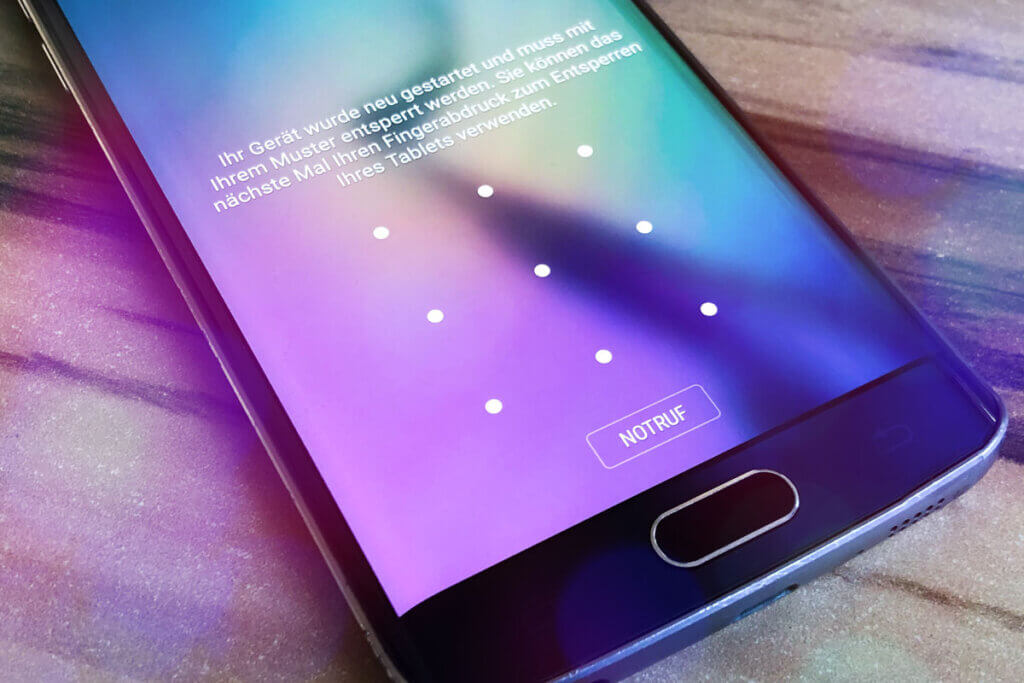
Water protection
The Huawei P30 Pro, for example, has IP68 certification, which certifies that the devices will not be damaged if they are submerged under water for a short time. This makes the phones perfect companions even on adventure holidays.
Weight
The weight of the smartphones naturally depends heavily on the size chosen. The Huawei Y6s, for example, weighs just 152 grams, while the Huawei Mate 20 X weighs in at a hefty 233 grams.
Music and multimedia
Smartphones have long since been used not only for communication, but also offer helpful applications for many aspects of daily life. The compact everyday companions now also play an important role in entertainment. Many users regularly consume entertainment media such as YouTube videos or even stream entire series on the go. Even as a device for playing music – be it via YouTube or streaming services – has long been part of the standard repertoire of modern devices. For this reason, connection technologies for headphones or loudspeakers, for example, are important, whether via a 3.5-mm jack or Bluetooth.
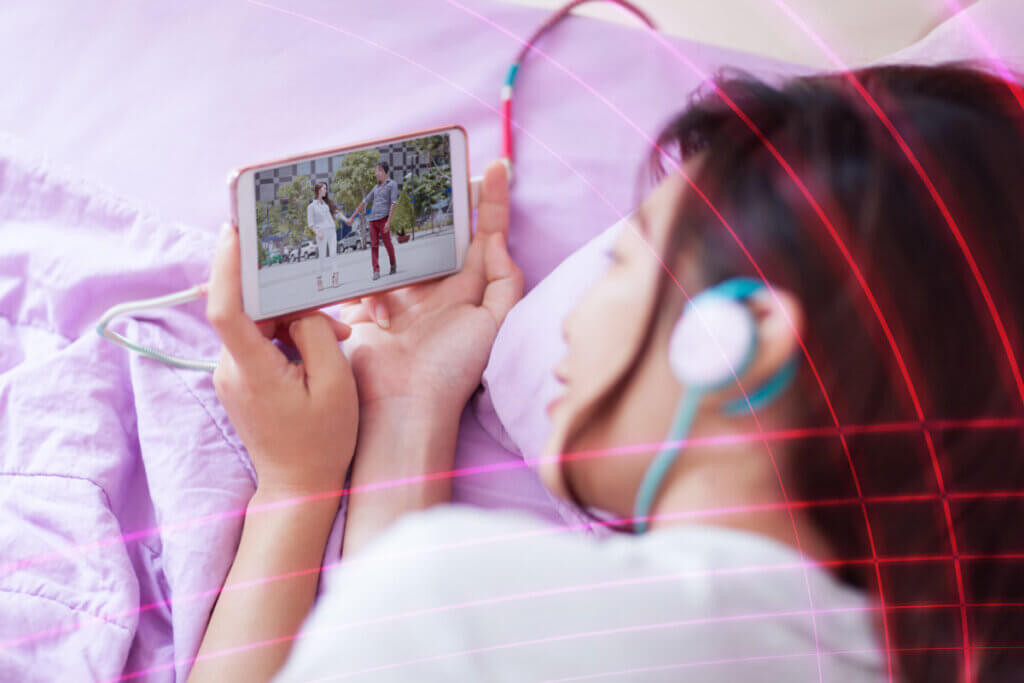
Price
Today’s smartphone range really does offer a selection of appropriate devices for every budget – this also applies to products from Huawei. While users don’t even have to shell out 150 euros for models in the Huawei Y6 series, for example, the Mate and P40-Pro models already cost over 500 euros, which is still comparatively cheap for mid-range phones. However, the Chinese manufacturer also has some very well-equipped flagship models on offer for the well-filled wallet, for which the price can sometimes reach the four-digit euro range.
Operating system
While iOS is used exclusively by Apple’s iPhones, Google’s Android is a free operating system used by many manufacturers such as Samsung and Huawei. Other operating systems such as Windows hardly play a role today. Due to the trade dispute between the USA and China, as well as accusations that Huawei could be conducting espionage on behalf of the Chinese government, Google had to end its cooperation with Huawei in 2019 on the instructions of the US government. Smartphones sold before the ruling came into force will continue to be supplied with security updates. For newer models, the Chinese manufacturer developed its own operating system based on the open source system, Android, along with a connected store to obtain apps.
What’s next for the Huawei smartphones?
The trade dispute between the US and China has unsettled many consumers. Huawei is therefore making a promise to its customers about the future. This promise includes, for example, that the devices will continue to be supplied with security patches and that the manufacturer’s warranty will also continue to exist. Even if the devices are reset to factory settings, this will not affect the future use of Google services.

Huawei also relies on its own Android interface called EMUI, which requires a short familiarisation period, but at the same time also brings useful enhancements. In addition, the Chinese company is developing its own operating system called HarmonyOS to secure more independence – this own operating system is based on the open-source Android.
A big selling point for Huawei smartphones is and remains the camera, which guarantees the highest image quality with a five-fold periscope zoom and super wide-angle lens. High-resolution LC displays also display the images shot with pin-sharp clarity. The Huawei Y6 models also feature a space-saving pop-up camera that extends from the upper housing when in use.
How sensible is it to buy a Huawei smartphone today anyway?
In 2019, the US government declared a so-called “telecommunications emergency” in the trade dispute with China. As a result, Google had to cancel all deals with the Chinese manufacturer Huawei. To date, there are no new agreements. This naturally raises the question for many prospective buyers whether it is worthwhile at all to purchase a mobile phone from the manufacturer. The manufacturer itself is dealing with this issue proactively and offers answers to all questions about Google Mobile Services on its website. For the latest models Mate Xs, Mate30 and the P40 series, Google Mobile Services such as Google Maps, GMail are no longer offered. What’s more, users no longer have access to the Play Store. Older models on which the services are still installed will continue to receive security patches and Android updates via their own open-source project.
Where can I still download apps for my Huawei smartphone then?
With the newer models, apps can no longer be downloaded from the Google Play Store; users must resort to Huawei’s app store, AppGallery. The offer in the AppGallery is still very limited, however, as developers have yet to provide versions specifically for the new store. However, users have the option to activate the option in the security settings that apps can also be installed from alternative sources. This means that apps can be downloaded directly from the provider – but this has a negative impact on security. In addition, many apps use Google Mobile Services – for example, to use the map service – and since Huawei is not allowed to use these, many apps are restricted.

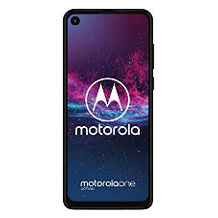
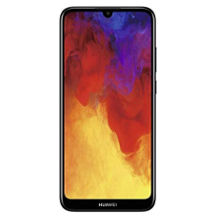
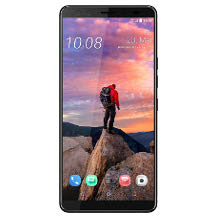
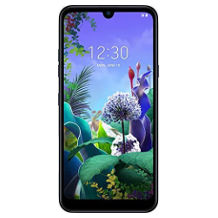
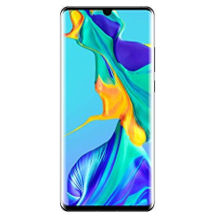
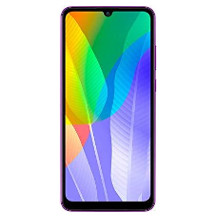
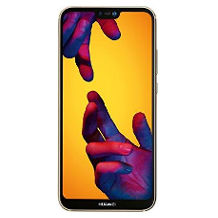
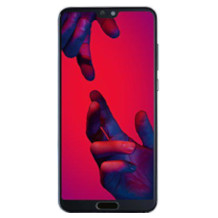
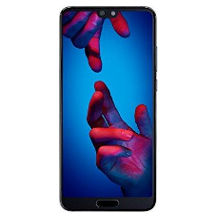
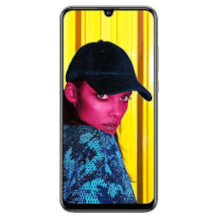
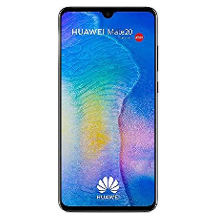
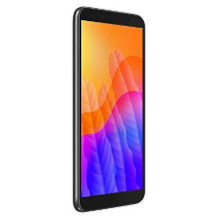
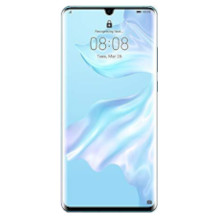
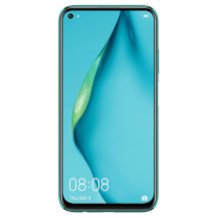
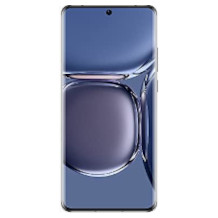
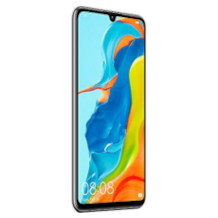
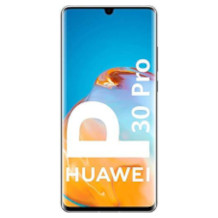
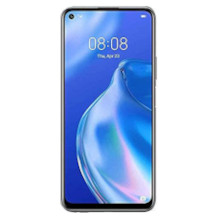
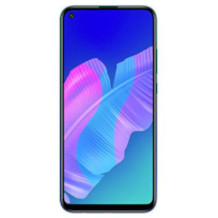
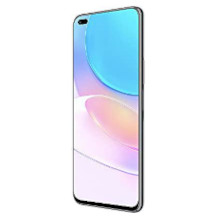
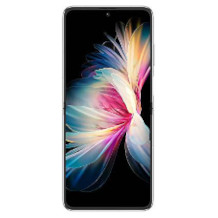
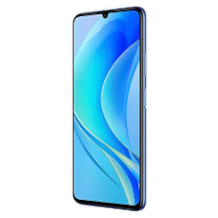

 2,249 reviews
2,249 reviews

